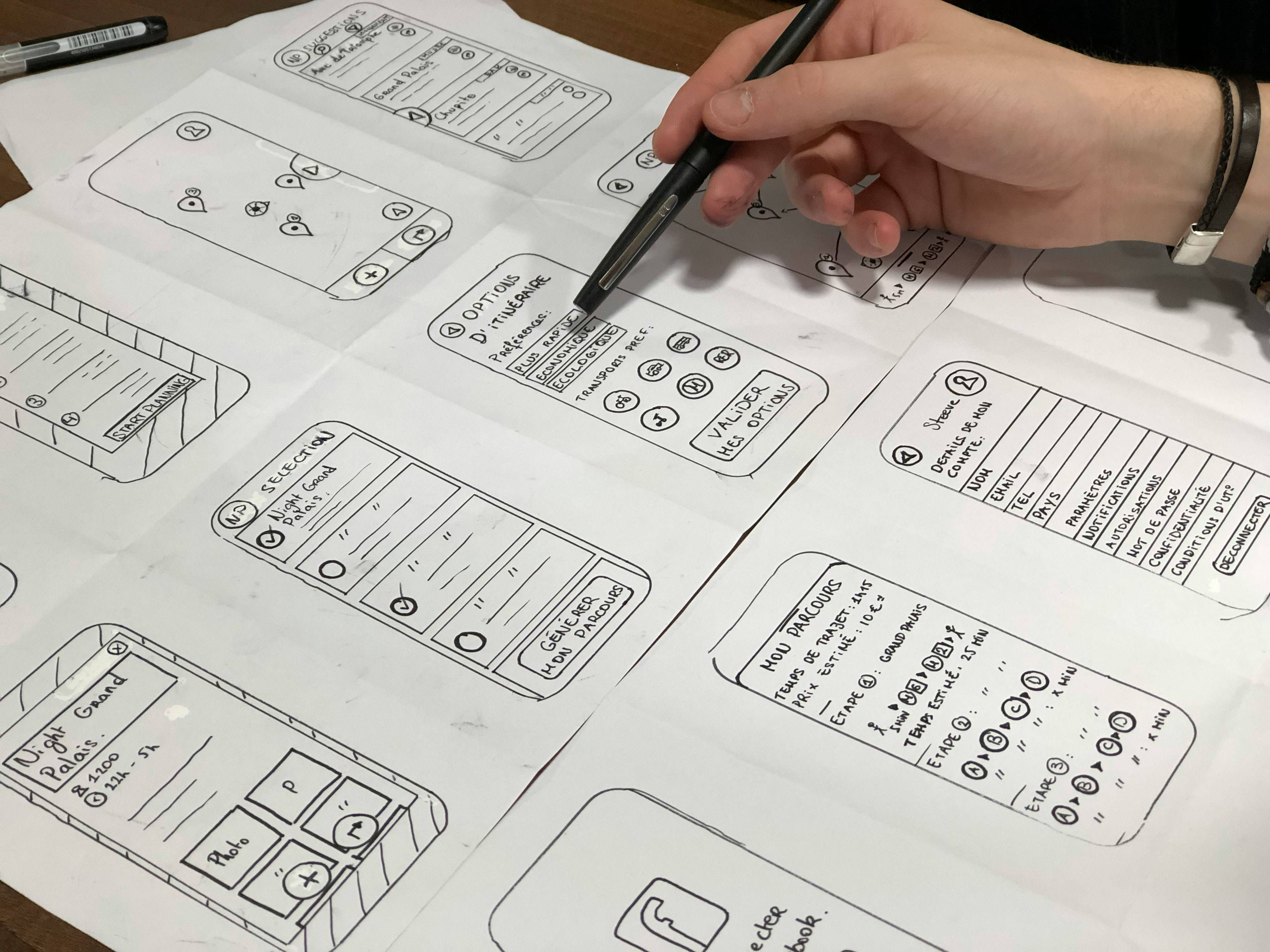Bills under control: UDIT alumni applying AI to save time and cut costs
Belén Gómez is an alumniof the Master in Intelligence at UDIT. A firm advocate ofthe strong potential that this technology has to add value in different business areas, her TFM ("Invoice information extraction with artificial intelligence") , carried out in collaboration with Tendam, proposes a proof of concept to automate the extraction of invoice information using advanced AI tools .
Through a comparison between models such as Azure AI DocumentIntelligence and GPT-4.o, Belén analyses key metrics (accuracy, F1-score or percentage of manual review) to determine the most effective and viable solution for implementation in a production scenario, demonstrating how this technology can improve processes in document and accounting management.
In this interview, Belén shares her experience in the development of the project, her vision of the future of artificial intelligence and how this first approach has been a turning point in her professional career.
What specific need did you detect in Tendam's document management processes that led you to develop this project?
The main objective of my TFM was to improve the company's processes, reducing costs and minimising errors. When analysing different departments I observed how the flow of goods between different countries is associated with a large volume of documentation that is currently managed manually .
I felt that this currently resource-intensive task could be optimised with artificial intelligence.
What was the process of comparing a solution based on Azure AI DocumentIntelligence with a model such as GPT-4.o? What did you discover in doing so?
First of all, I conducted a market analysis to identify the most widely used artificial intelligence tools in the field of automated document information extraction. I found that many vendors in the industry offer AI-based solutions for this type of task, so I decided to start with one of the most established ones: Azure AI DocumentIntelligence.
During the first tests, I noticed that Azure's customised model provided good results, but it required documents with a relatively standardised format or, failing that, periodic training to adapt to new variants .
For this reason, I decided to incorporate a second approach based on an LLM model, namely GPT-4.o. These models, having advanced contextual understanding capabilities, allow information extraction tasks to be tackled without the need for specific training. By carefully designing the prompt, I achieved a much more flexible solution, capable of adapting to a wider variety of documents without additional adjustments.
Which part of the end-to-endsolution design (from ingest to database integration) was the most technically challenging?
Although each component of the system could be relatively easily developed separately, the main challenge was to integrate them all into a unified workflow .
The most complex was to properly coordinate the different parts to ensure that the data flowed in an orderly and error-free manner between stages. Designing an architecture that connected all the steps well and allowed for an automated and robust execution was the biggest technical challenge of the project.
What motivated you to focus on such an applied use case as automated invoice processing?
Above all, the opportunity to apply artificial intelligence to a real problem in my work environment, where automating invoice processing can save significant time and resources .
In addition, it seemed to me a good starting point to validate this type of solution and assess its application to other types of documentation managed in the company.
What personal and technical lessons have you learned from this project, especially working with such demanding metrics?
This project has allowed me to start designing practical solutions based on artificial intelligence and to go deeper into the use of different tools .
On a personal level, it has given me the opportunity to collaborate with other departments and help them understand the potential of these technologies, reducing possible reluctance by showing how they can facilitate and improve their daily work.
What impact do you think the implementation of this solution could have on companies like Tendam, in terms of efficiency or cost savings?
I believe that the implementation of this solution could have a very positive impact in terms of operational efficiency and cost savings, especially in repetitive processes without high added value. In addition, automating this type of tasks would reduce errors and streamline document management in organisations.









